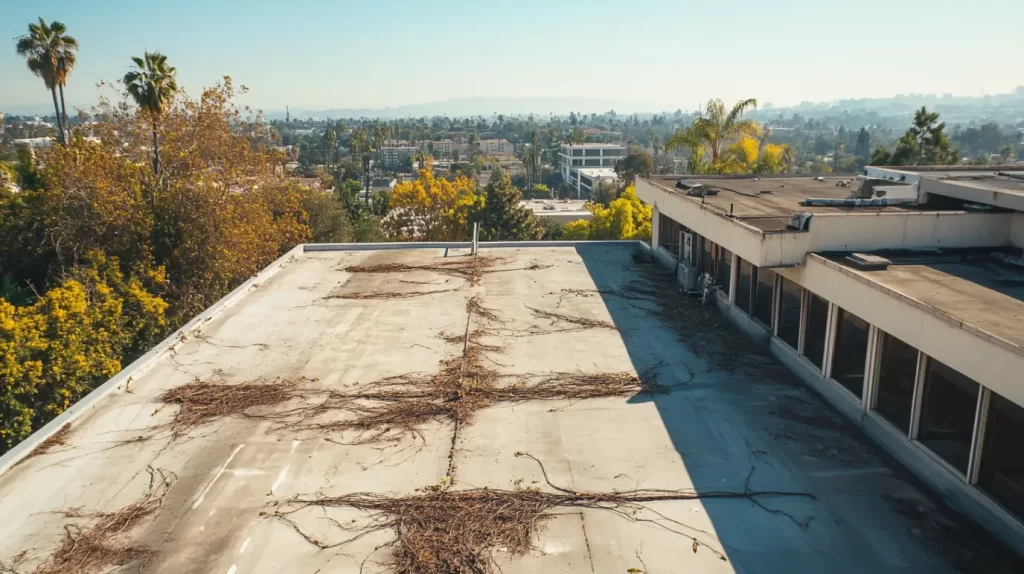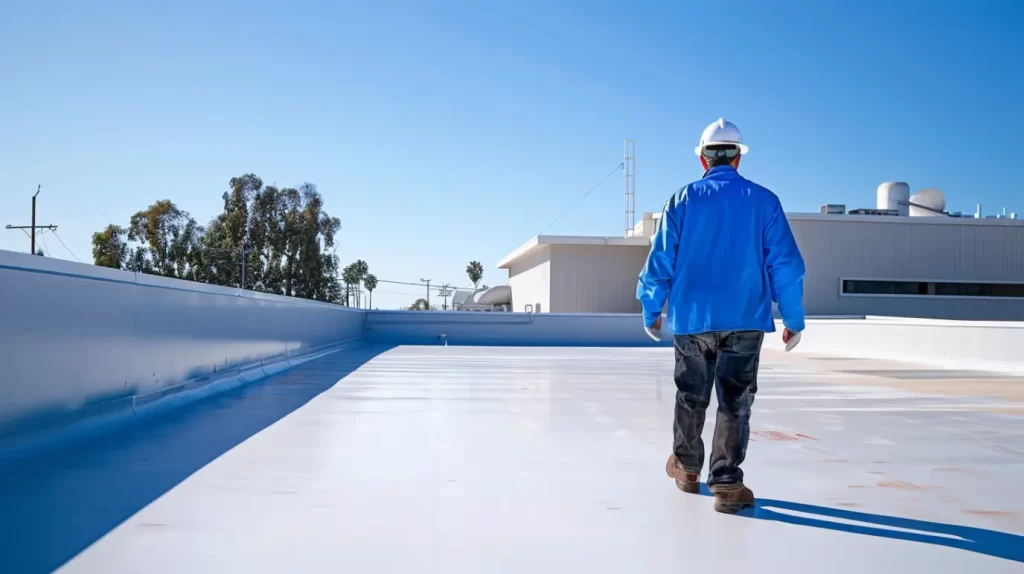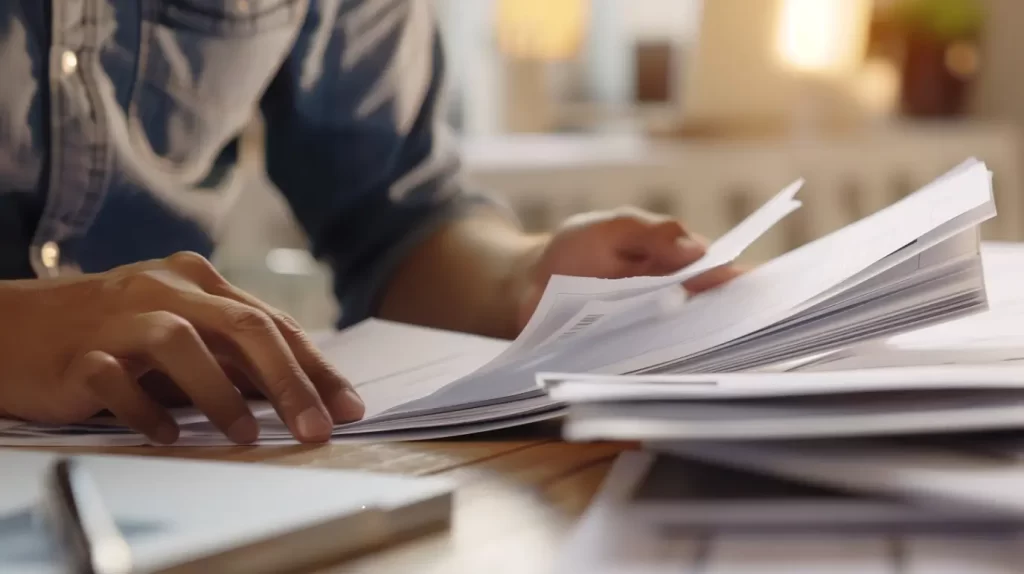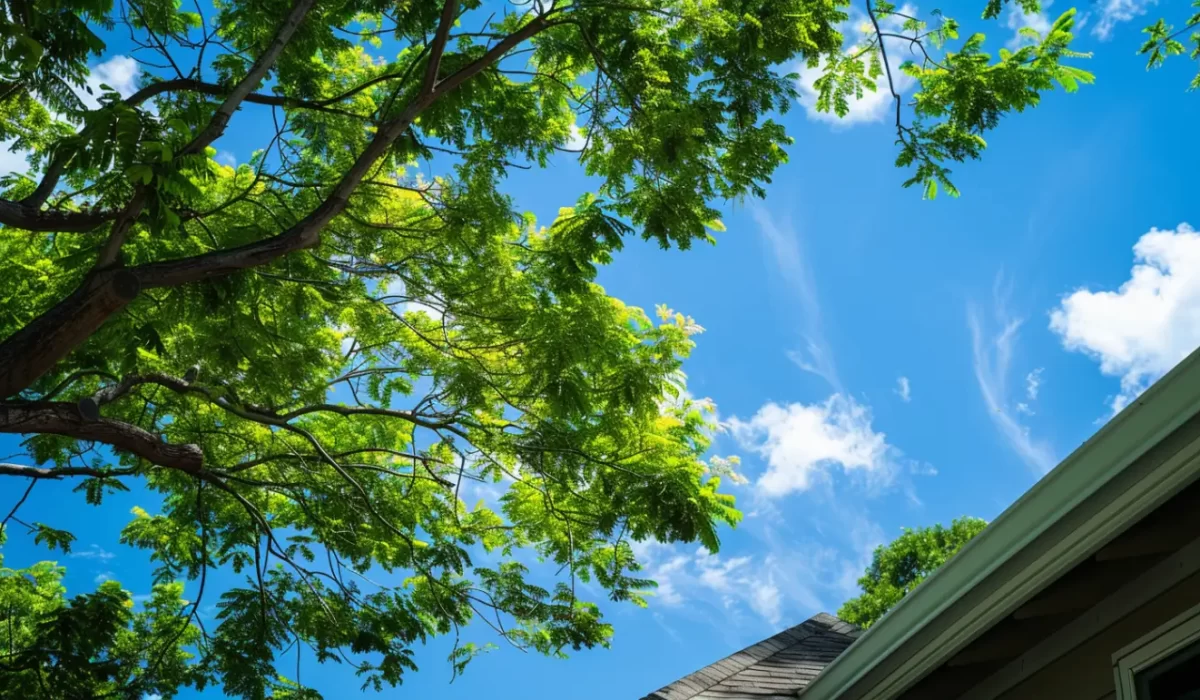Shared roofing systems, like those in apartments and commercial buildings, are vulnerable to damage from falling trees or branches. Even minor tree damage can compromise roof integrity, leading to leaks, expensive repairs, and safety hazards. In Anaheim, CA, Fontaine Roofing is here to help. Our team will restore and protect your roof from further damage caused by debris or accidents. Addressing these issues quickly ensures your roofing system remains strong and prevents costly repairs down the line.
Recognizing Tree Damage on Shared Roofing Systems
Early detection of tree harm is vital for property managers and residents. Impact can be obvious, like missing shingles or water leaks, or concealed under debris. Regular roof inspections help catch these issues before they worsen. After storms, inspect for roof issues to address problems swiftly.
Identifying both structural and tree damage early is key to maintaining your roof. In shared roofing systems, everyone should monitor for small and large issues. Look for signs such as water stains, loose materials, or sagging areas inside and out. This proactive approach minimizes risks and ensures timely repairs.
Contact Us
Common Visual Signs and Symptoms of Tree Impact
Early identification of tree damage on shared roofing systems is crucial for the integrity of your home and its structural integrity. Look for missing shingles, which can disrupt the roofing barrier and cause leaks. Check for sagging or uneven areas that indicate serious damage.
Water pooling means blocked drainage systems, heightening mold growth and water infiltration risks. Inspect gutters for sediment buildup from fallen branches. Addressing these issues promptly can prevent extensive damage and costly repairs.
Hidden Dangers of Untreated Roof Damage
Untreated roof issues can compromise your home and neighboring units. Water intrusion may cause mold growth, posing health risks and leading to further harm, including water damage. Small leaks can worsen, weakening insulation and critical structures.
Delaying repairs results in extensive deterioration and increased costs. Prolonged exposure raises the risk of widespread mold, requiring costly cleanup. To maintain your roof’s integrity, consult a professional roofer for an assessment.
Neglecting shared repairs can affect insurance coverage and accountability. Addressing tree damage promptly is essential to prevent disputes and ensure long-term safety for all residents.

Safety Measures for Residents and Property Managers
Acting quickly when a tree harms a shared roof is crucial for safety and preventing further harm. First, clear debris and ensure everyone’s safety until professionals arrive. Property managers should inform residents about hazards that demand immediate attention and collaborate with licensed experts for impact assessment and repairs.
Safety is the top priority. Avoid entering the affected area until the roof’s stability is confirmed. Allow professionals to assess and repair the issues to maintain safety.
Precautions When Inspecting and Clearing Tree Debris
Safety is paramount when dealing with tree debris on shared roofing systems. Before inspection, check for electrical hazards like nearby power lines or gas lines, as fallen branches can cause disruptions. Wear protective gear, including gloves and hard hats, to prevent injuries from sharp debris.
During the assessment, look for signs of roof damage such as missing shingles or structural issues. Document the condition to assess the extent of the damage with photos or videos for potential insurance claims. If significant debris is found, consider hiring a professional roofing contractor to prevent further damage and protect your home during tree removal.
Steps to Ensure Structural Safety Before Repairs
Check structural integrity before any repairs. Start with a full damage assessment, looking for signs of instability or collapse risk in the damaged area. Document the damage, and avoid unsafe areas. Use temporary fixes, like tarps, to prevent water intrusion until repairs can begin.
Contact a licensed roofing contractor for a thorough inspection to determine necessary repairs. The contractor will assess the damage and recommend safe, effective solutions, ensuring compliance with industry standards and preventing further issues.
Prioritizing structural safety and heeding expert advice protects lives and preserves your property’s value.

Cooperative Response Among Neighbors and HOAs
Fixing a shared roof after tree damage works best when neighbors, property managers, and HOAs collaborate. Clear communication about responsibilities ensures a smooth repair process and fair insurance coverage. Open discussions with your insurance company and other homeowners help clarify accountability and track costs.
Proactive engagement from the homeowners’ association is essential. Regular updates and guidance keep everyone informed and expedite the roof repair.
Creating a Clear Communication Plan
An effective communication plan is vital for managing tree harm on shared roofing systems. It should outline roles and responsibilities for residents and property managers to ensure clarity during inspections and repairs. Regular updates and scheduled meetings enhance collaboration, while a group chat or email thread streamlines communication about maintenance and assessments.
Documentation is essential for addressing property impacts. Sharing photos or videos helps all parties understand the extent of the issues and collaborate on repairs. Keeping an open line for discussing insurance claims and contractor options ensures timely and effective responses.
Responsibilities for Shared Roof Repairs
Clarifying responsibilities among property owners sharing a roof is essential for maintaining home integrity. Each resident must understand their obligations regarding roof inspections and tree maintenance to prevent damage from branches or debris, especially during storms.
In case of roof damage, clear communication is vital. Designating a responsible party to coordinate inspections, assess damage, and manage repairs can expedite the process. Additionally, documenting visible damage—like missing shingles or water infiltration—will aid in insurance claims and ensure everyone understands their role in upholding the roofing system’s integrity.

Professional Evaluation and Documentation Processes
Upon noticing tree damage at your home, contact a professional roofer immediately. An experienced team like Fontaine Roofing will conduct maintenance and assess the damage, providing comprehensive records for your insurance—written reports, photos, and videos. These documents aid your claim and clarify the situation for all parties involved.
Professional help ensures quality repairs and simplifies communication with your insurance company and neighbors.
How to Document Roof Damage for Insurance and Disputes
Accurate documentation is vital for filing insurance claims after tree-related roof damage. Begin by taking clear photographs of the affected areas, including close-ups and wider shots for context. Document details like missing shingles, water pooling, and structural damage from fallen branches. Videos of the damage can further illustrate the issues.
Keep a detailed log of the incident date and any changes over time. Gather estimates from licensed roofing contractors and tree removal specialists to bolster your claim and demonstrate the need for urgent repairs. This comprehensive documentation will aid discussions with your insurance company to ensure proper coverage for repairs.
Important Initial Contact: Roofing and Tree Removal Specialists
If you notice tree damage on a shared roof, contact licensed professionals immediately. Start with a roofing contractor experienced in damage assessment and repairs. At Fontaine Roofing in Anaheim, CA, we are GAF Master Elite Contractors and CertainTeed Shingle Masters committed to exceptional service. For large branches or fallen trees, hire experts familiar with tree species; DIY removal can cause further damage or injury. Professionals will safely clear debris and check for hidden issues. Our credentials as Polyglass Preferred Contractors and FiberTite approved applicators demonstrate our commitment to quality.
Contact Us
Fixing tree damage on shared roofing systems requires collaboration among residents, property managers, and contractors. Early detection of damage is crucial for safety and prevention. Clear communication with neighbors is essential for effective problem-solving. When repairs are needed, hiring certified professionals ensures the integrity of the roofing system is restored. Fontaine Roofing offers expert assistance to HOAs and property managers. Contact us today for a consultation on tree damage and roof restoration.
Read our blog: Roof Inspection Protocols for Facility Managers
Frequently Asked Questions
Who covers the cost when tree damage affects multiple units in a shared building?
Typically, homeowner’s insurance or the building’s insurer covers repairs for tree damage affecting multiple units. The repair process and homeowner’s insurance coverage depend on the master policy and HOA regulations. Check with your property manager or HOA for details on responsibility.
What can residents do to prevent future tree damage to shared roofing systems?
Regular tree maintenance is important to keep your roof safe. This means regular maintenance of trimming branches that are close to the building. It helps stop problems before they start. You can also put gutter guards to help. Make sure you have roof inspections from time to time. If you live with an HOA, talk with them. Working together helps to lower the risk of roof damage from trees.
Are roofing companies liable for damage?
Roofing contractors are usually responsible if the work they do or the way they install something causes storm damage. But, if there is tree damage from weather or something outside, they do not have to pay for it. It is important to do a good damage assessment first. Then, you should file an insurance claim. This will help to find who is liable and what the insurance covers.

